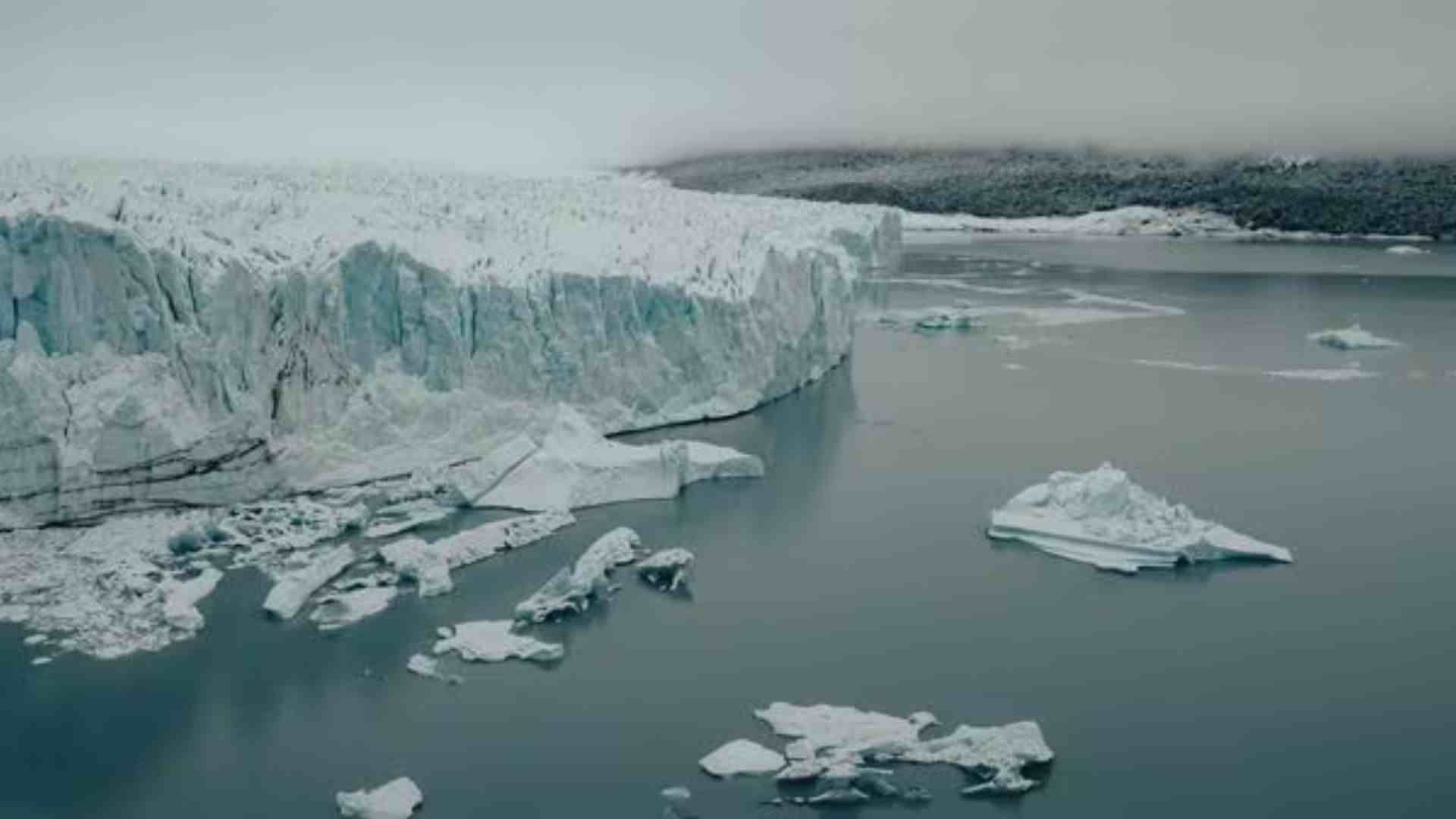
Antarctica is undergoing a rapid and dramatic transformation, with its icy terrain increasingly turning green due to climate change. A recent study has shown that the rate of this transformation has surged by over 30 per cent in recent years compared to the previous three decades.
From 1986 to 2021, the Antarctic Peninsula saw a significant rise in vegetation, with plant cover increasing from less than one square kilometre to nearly 12 square kilometres. This tenfold growth highlights the major influence of global warming on this fragile ecosystem.
Watch:
Researchers from the University of Exeter, UK, used satellite data to monitor this “greening” trend, revealing the critical effects of a warming planet. The findings were published in ‘Nature Geoscience’, where the authors noted that the increased rate of vegetation growth (2016-2021) coincides with a sharp decline in sea-ice extent in Antarctica during the same period.
“This recent acceleration in the rate of change in vegetation cover coincides with a marked decrease in sea-ice extent in Antarctica over the same period,” the study authors wrote.
The study shows that a widespread greening across the Antarctic Peninsula is underway and rapidly accelerating. Antarctica is warming faster than the global average, and extreme heat events are becoming more frequent.
Thomas Roland, a corresponding author from the University of Exeter, emphasized that the plants on the Antarctic Peninsula—mostly mosses—thrive in some of the harshest conditions on the planet. He pointed out that although only a tiny fraction of the landscape, mostly dominated by ice, rock, and snow, has plant life, this fraction has grown significantly due to human-caused climate change.
Oliver Bartlett, another corresponding author from the University of Hertfordshire, UK, explained that as the climate continues to warm, plant ecosystems will likely expand. He noted that Antarctica’s soil is generally poor or non-existent, but the increasing plant life will contribute to organic matter, aiding soil formation and potentially allowing other plants to take root.
The researchers have called for further studies to explore the factors driving this greening trend, raising concerns about Antarctica’s future. Roland warned that the sensitivity of the Antarctic Peninsula’s vegetation to climate change is now evident, and with continued warming, there could be profound changes in the region’s biology and landscape.
“In order to protect Antarctica, we must understand these changes and identify precisely what is causing them,” Roland added.













